We went to Cuba! Read on for more info on supporting the Cuban people and traveling to Cuba as an American!
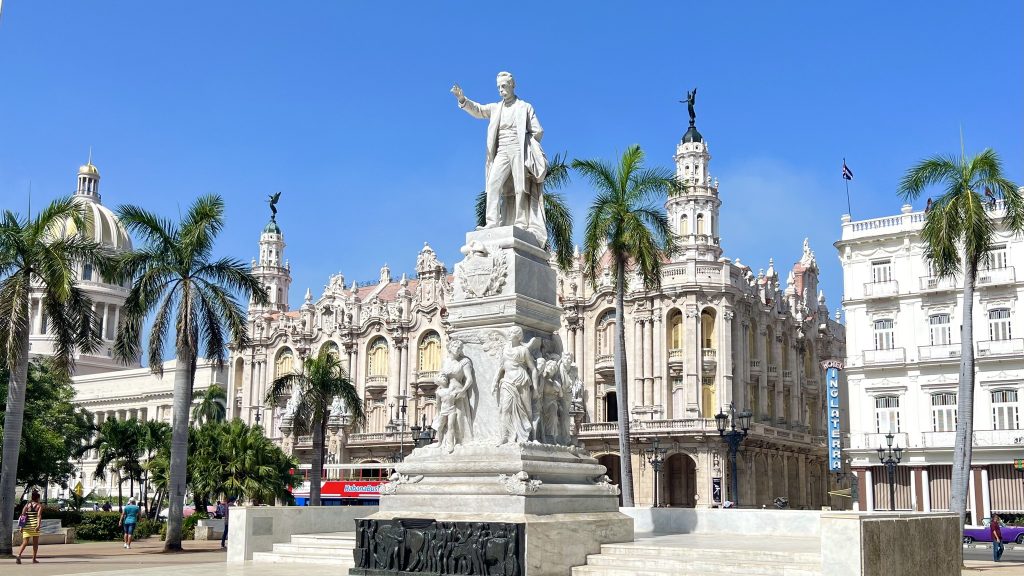
Brace yourselves, this will be a long post… Lots of info to share. We did Cuba in a different way. Most Canadians stay in all-inclusives in Cuba and a lot of Americans aren’t sure if they are even allowed to travel to Cuba (yes, they are!). I say forget the all-inclusives and go see the REAL Cuba, experience the amazing culture and make friends with Cuban people. They will invite you to their homes, they will stop on the road to help you out if you are stuck, they will pick up hitchhikers on the road and get them to their destinations for free. Cuba is VERY safe (except for a few areas that any Cuban can tell you about if you ask), way safer than most places in the USA. And everyone knows that Cuba has some of the best and most beautiful beaches!
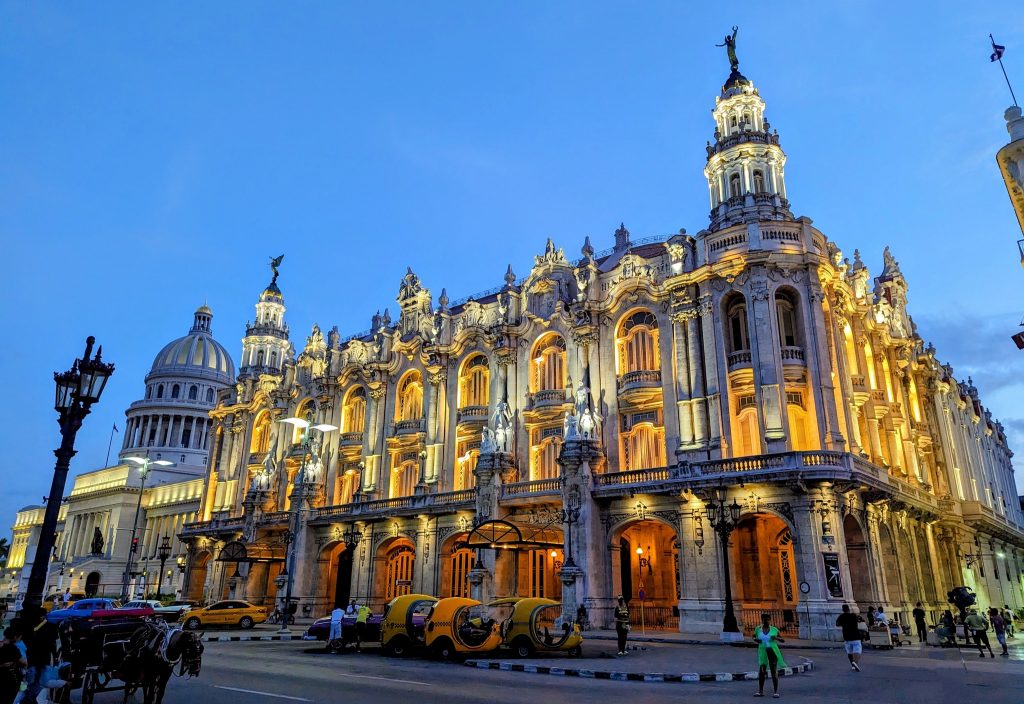
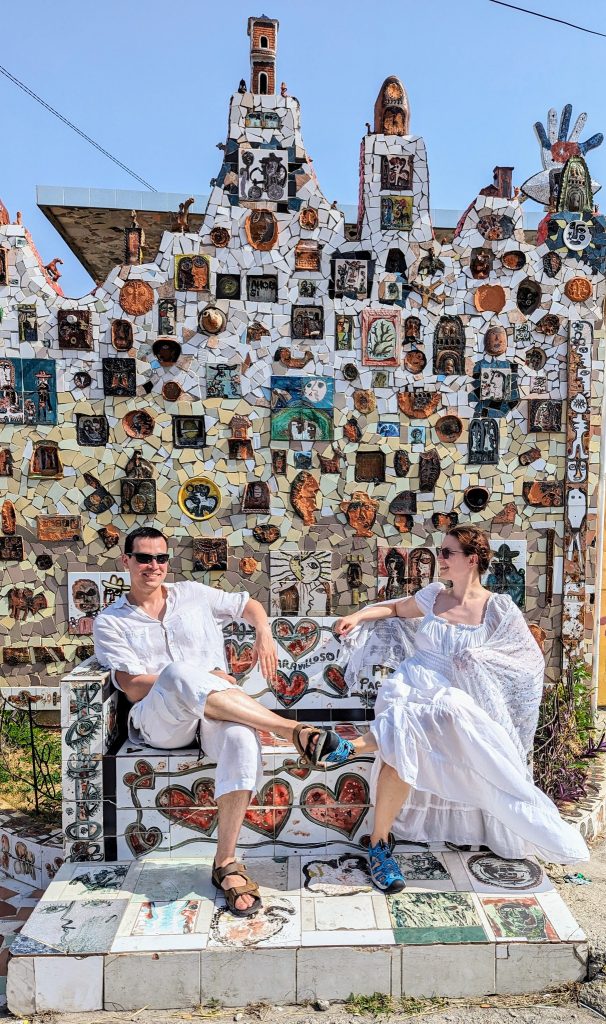
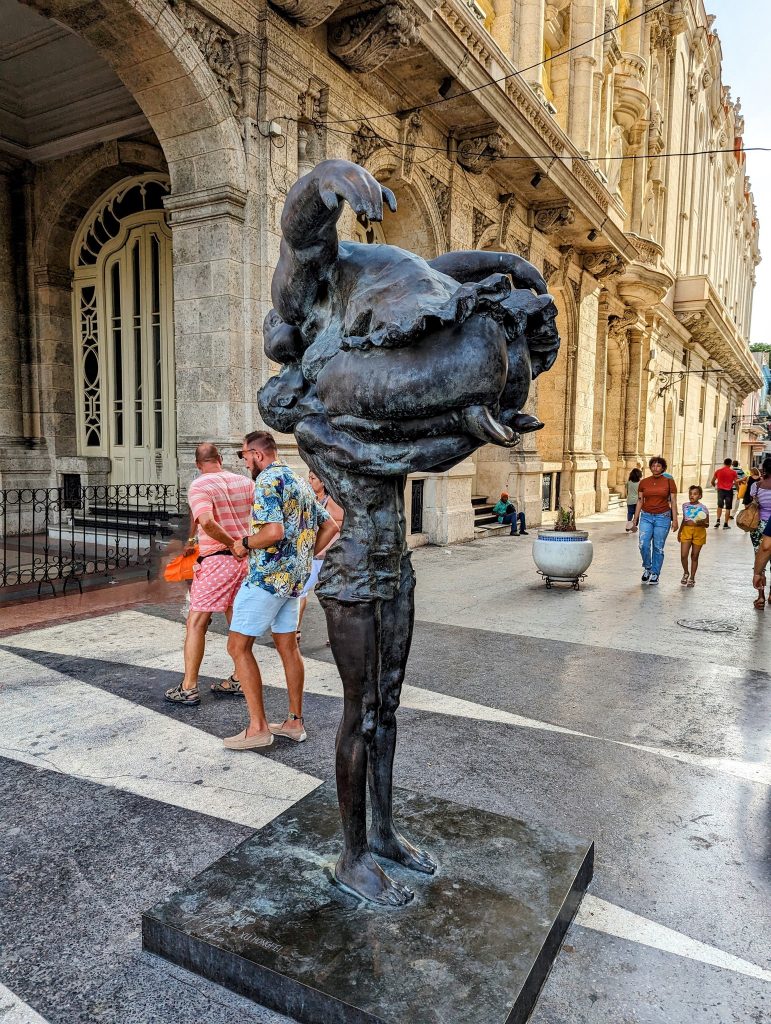
We stayed in casas particulares (private homes) and ate at local restaurants. The service and the experience were a million times better than any all-inclusives we’ve ever been to. We also travelled the country instead of just staying in one place. If you make friends with locals, they will tell you everything from how to exchange money on the street for a higher rate to where to get good food and anything else you want.
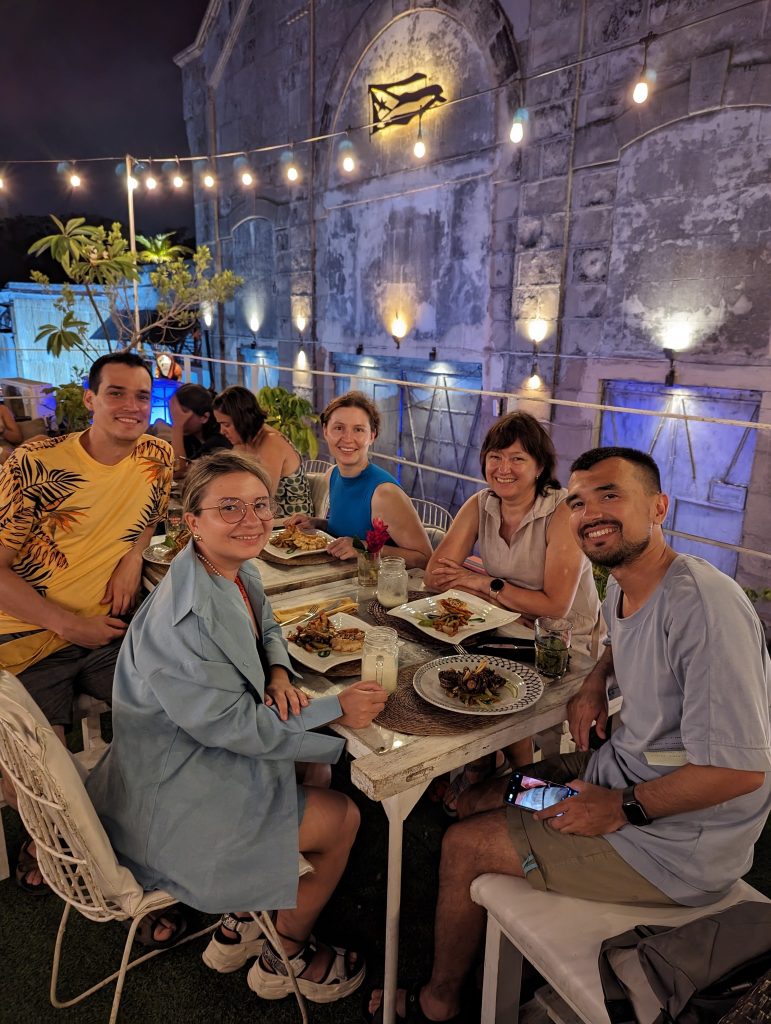

Now the sad part – while you CAN get pretty much everything in Cuba if you have money, most Cubans simply do not have money to get whatever they want (for example, they get their rationing of 5 eggs per month and if they want more, they need to pay more and get stuff elsewhere). Most use Revolico (similar to Craigslist) to find anything from hygiene products to cars to iPhones because regular stores simply do not have these things. According to our Cuban friends: money = getting pretty much anything you want, but working hard does not necessarily = money. The government provides Cubans with basic necessities (such as healthcare and a rationing of food), but, unless you work with tourists, your monthly salary is probably not going to exceed $60-90 (for reference, gas on the “unofficial market” in Cuba is around $4/Liter, or $15/Gallon, according to a Cuban friend).
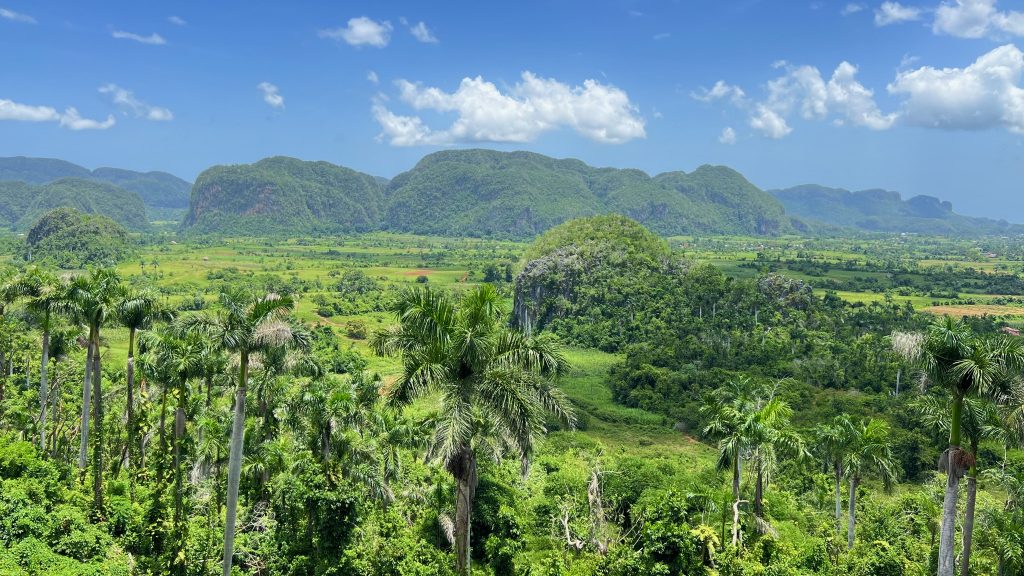

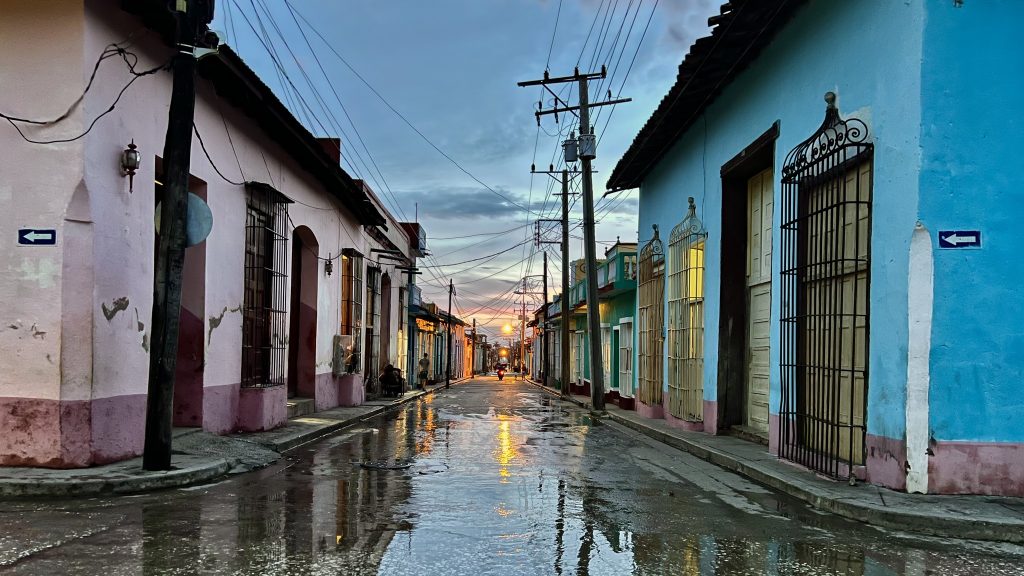
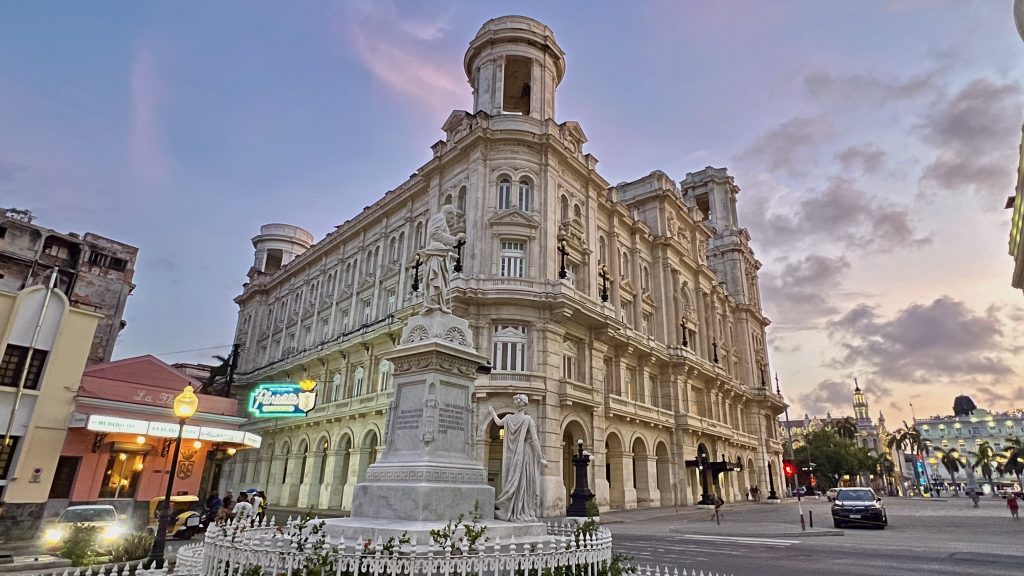
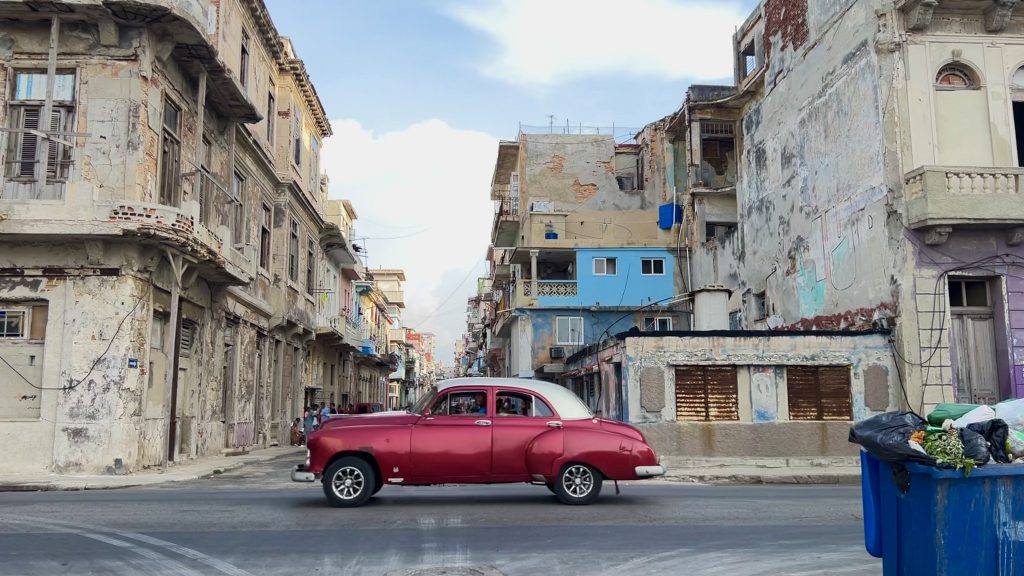
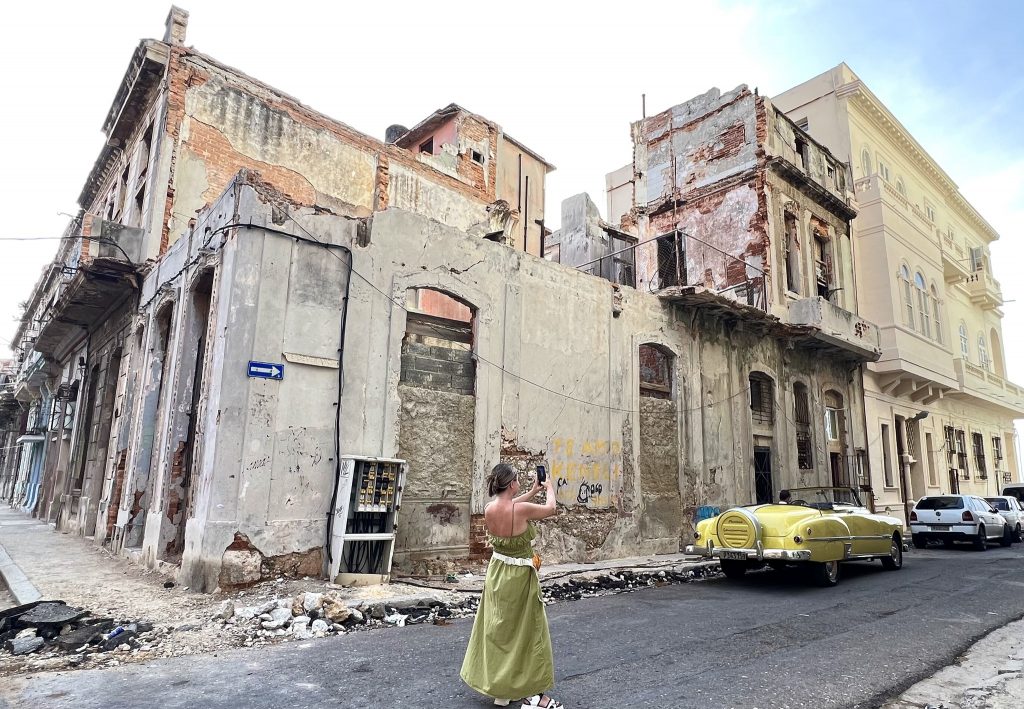
If you are American, you are not allowed to stay in all-inclusives (because they directly benefit the Cuban government), but you ARE allowed to travel to Cuba under the “Support for the Cuban People” category and stay at casas particulares thus supporting the Cuban people directly.
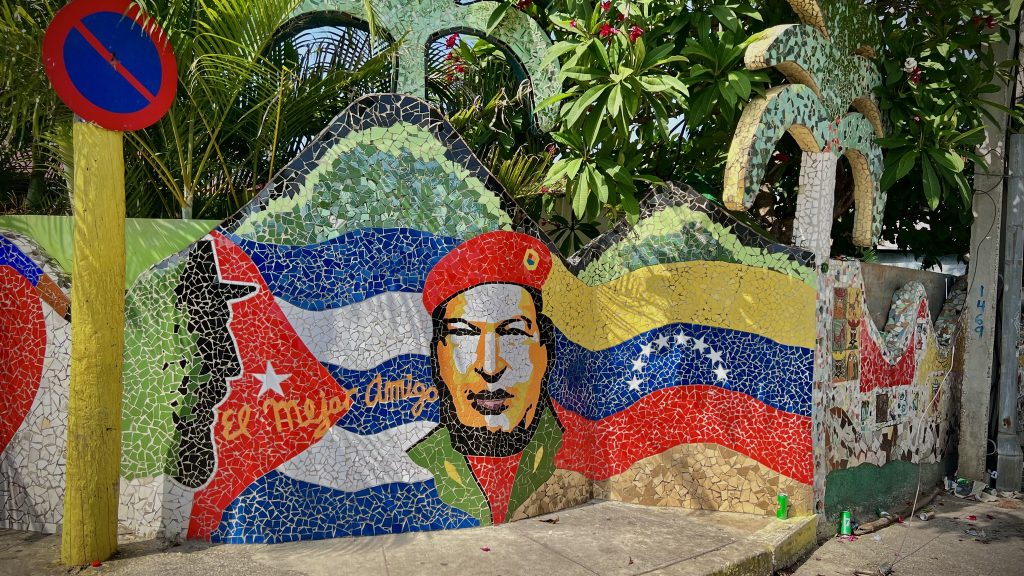
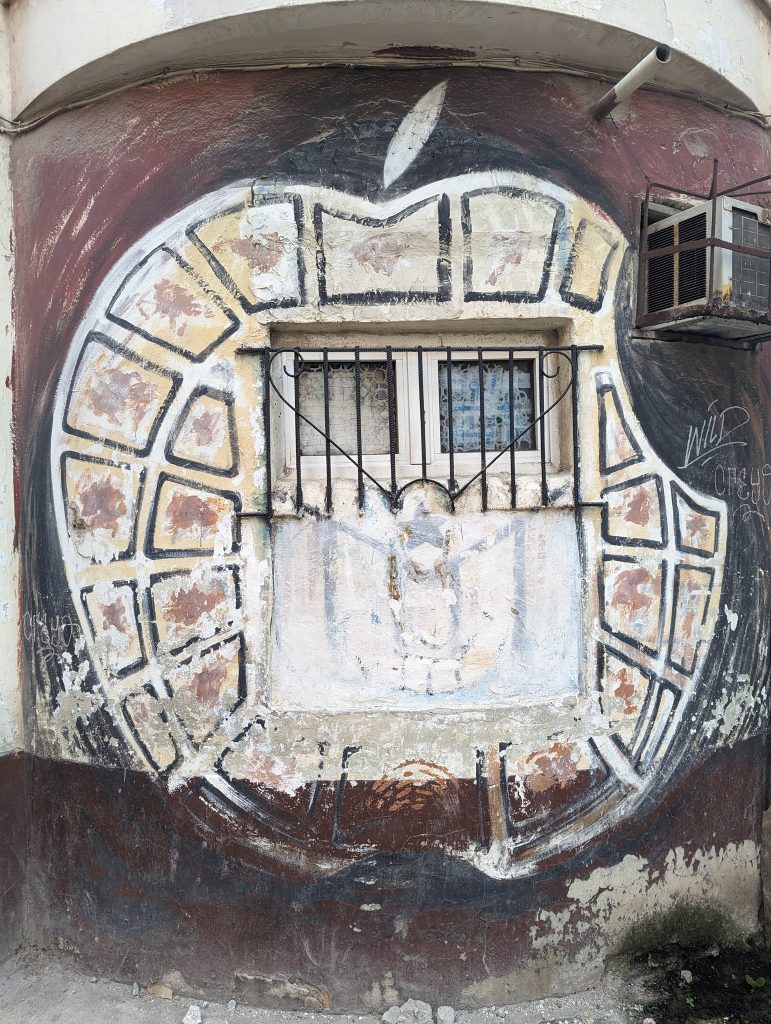
There are some organizations in Canada that bring supplies from Canada to Cuba and, if you are traveling from Canada, you can volunteer to take a bag with you if you don’t want to buy anything on your own. If you do bring some gifts for the Cuban people, one way to help is to donate to churches who will then distribute the supplies to those in need. We had a lot of help from our Cuban friends who gave us names of places that were most in need. We mostly focused on getting to small towns far away from touristy areas to drop off supplies there because they don’t get many donations there, but if you aren’t up for exploring hard-to-get-to spots, there are loads of places in touristy cities (such as Havana, Varadero and Trinidad) where you can drop off supplies, or they can often pick them up from you too.
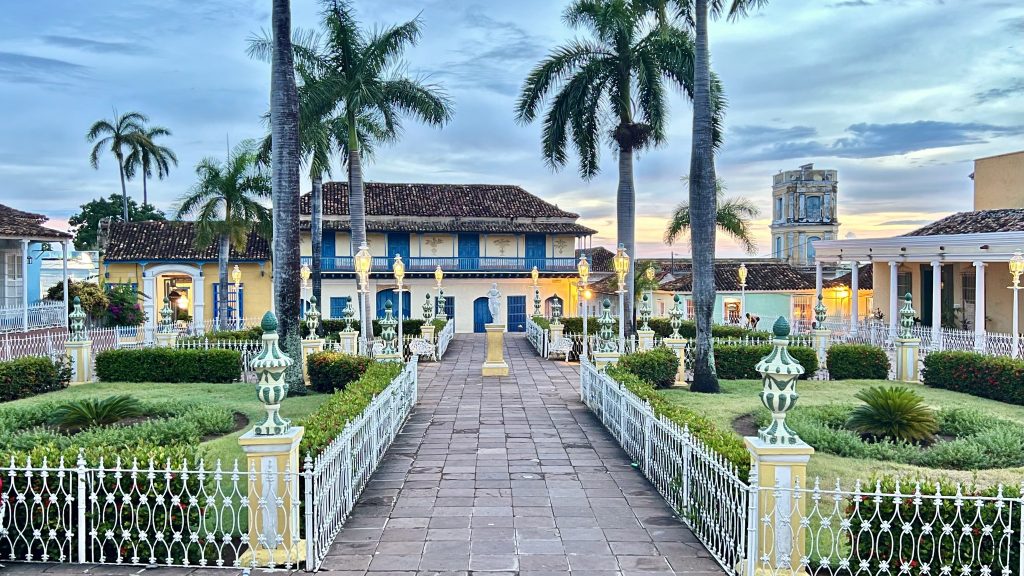
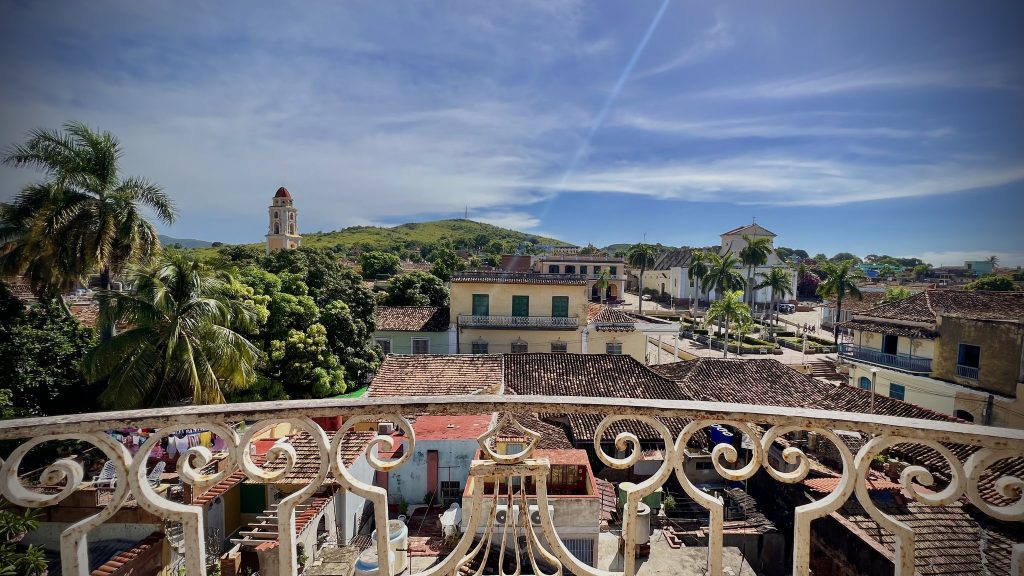
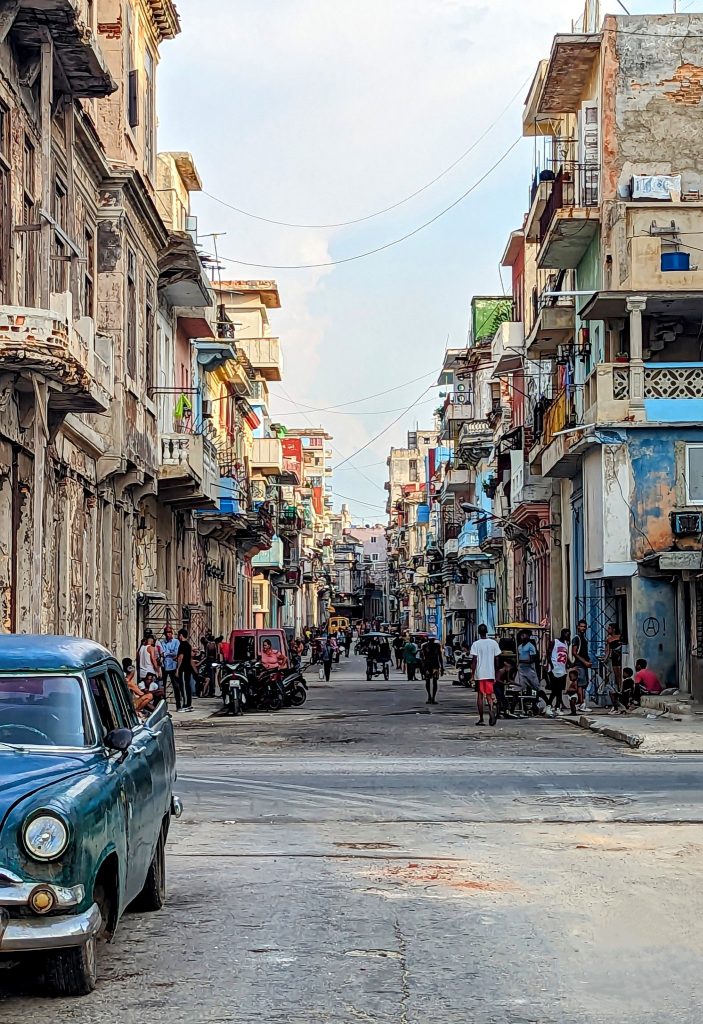
Here are some links and people you can contact if you decide to travel to Cuba:
For our shorter taxi rides, I contacted multiple taxi drivers through Vacation in CUBA group, but all our longer rides were done in a magnificent Soviet era Chaika, operated by Captain Walfrido Cabezas (contact him for all your taxi needs). Catherine Delgado Rodriguez gave us epic tours of La Habana and Viñales (one was a cabriolet tour in cars operated by local Cubans).
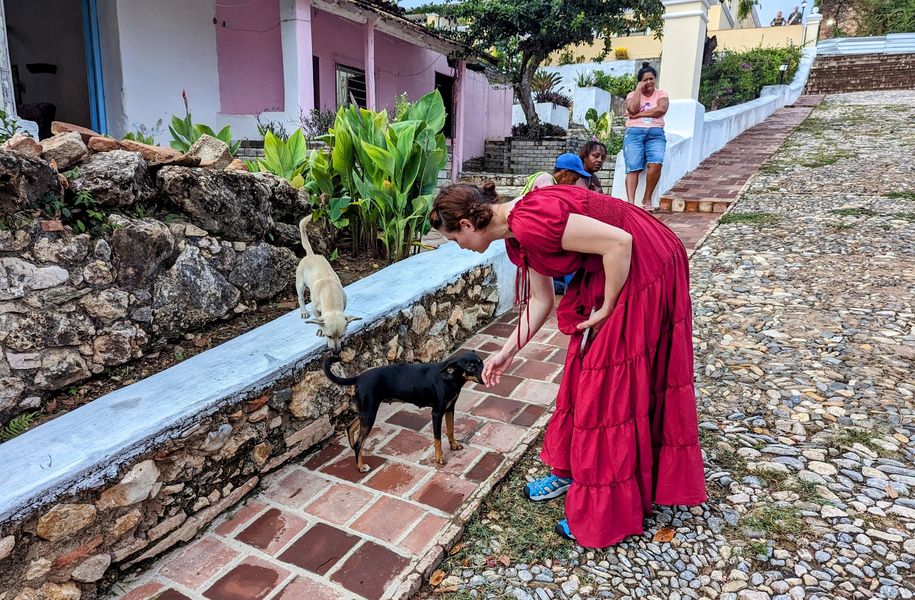
HELPING ANIMALS
1) CEDA – Cubanos en Defensa de los Animales – We brought supplies to this organization and dropped them off at one of their volunteers’ houses in Vedado, but they also do pick ups.
2) Gladis Corria Ochoa is a veterinarian in Santa Marta (near Varadero) and helps strays in her free time. She even has a surgery room in her house! We dropped by Gladis’ house on our way to Varadero and got to meet a few kitties and a puppy (yes we did bring snacks with us and a huge bag of dog food) Gladis knows a lot of people in Cuba, so she is a great person to contact regardless of what kinds of supplies you are bringing.
3) BAC-Habana is another organization that got recommended to us, they do very good work benefitting animals.
4) Cuba Canada Pet Rescue – you can bring supplies for animals from Canada if you have space to take an extra suitcase with you, this organization will provide all the supplies.
5) All People for Animals in Cuba– we didn’t get in touch with them, but they got recommended in a Cuban group as an organization that does good work.
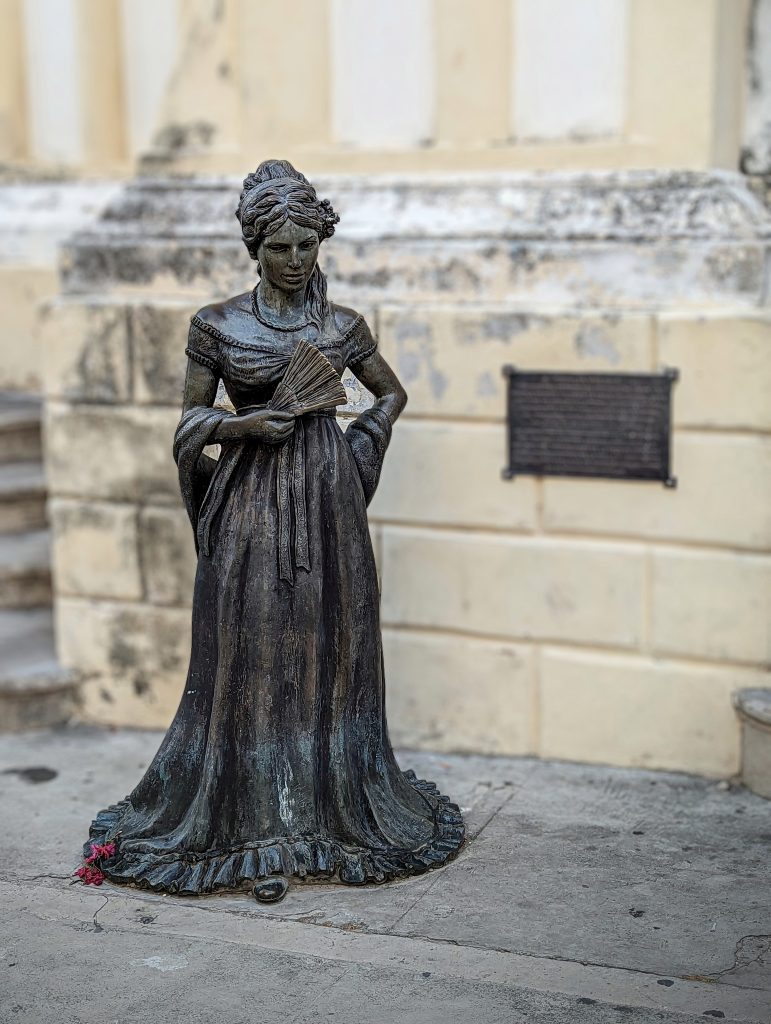
FOR PEOPLE
1) You can find pretty much any church or a small local medical center along your way and leave supplies there, but this is a bit harder than pre-arranging drop offs because places might be closed if you just randomly drop by.
2) CubaExplorer.com has A LOT of info on traveling to Cuba (yes, they even do tours!), and their Program Coordinator Alessandra gave me a bunch of contacts around Cuba of places they work with. Too many to list here and I am sure their lists get updated often, so feel free to contact Alessandra through their website and you will get all the info you need!
3) If you are up for a trip to a more remote location, talk to Sofi Hernández Bello, she can help arrange a drop off at Iglesia Bautista de Colón “Cristo Redentor”, a small church in Colón. There are a lot of children in need in that area and the church has special programs for them.
4) cubalibrohavana.com was recommended as one of the bigger organizations. I haven’t done much research on them, but they seem to be big enough that you can donate money if you’d rather do that instead of bringing supplies with you to Cuba.
5) Last, but not least is Lindsey Metcalfe – I am tagging her last, as she can be the go to for ANY and ALL Cuba-related questions. She knows the ins and outs of bringing gifts into Cuba, can recommend various organizations and people who can guide you in your donation efforts and more. Let me tell you, Lindsey was messaging with me back and forth when I was at the airport fighting to be allowed to bring the extra bag of cat food on the plane (we ended up just wearing most of our clothing so we could fit the cat food into our bags, but that’s a different story). Lindsey was there for me every step of the way!
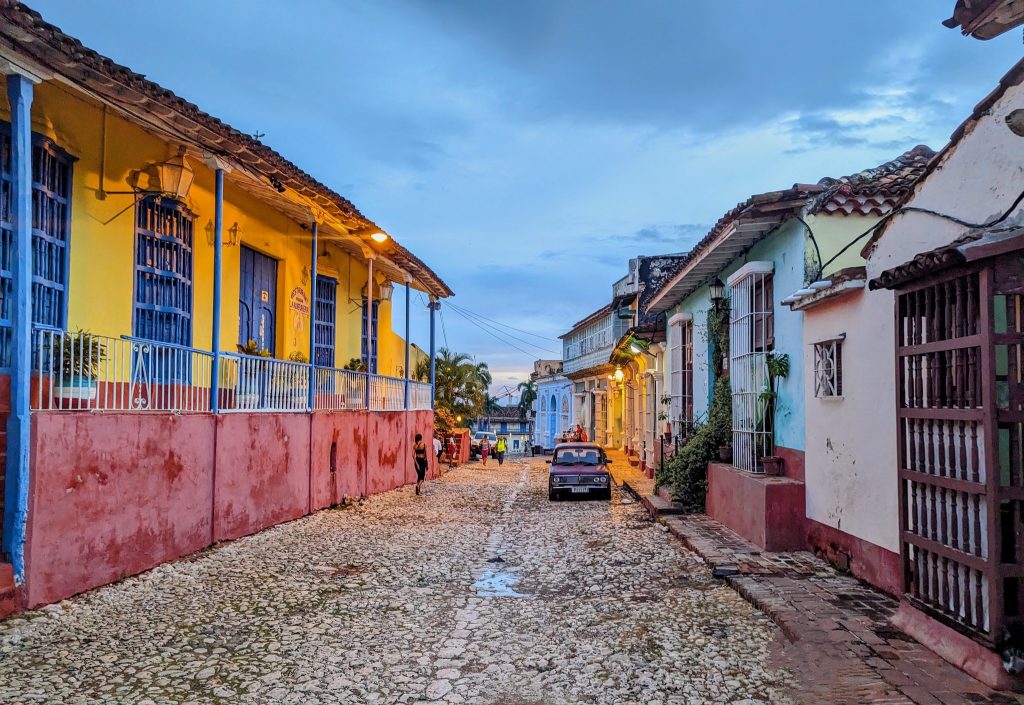
For my American friends: traveling to Cuba is very easy – casas particulares can cost as little as $15/day (they can be found on AirBnB, but it’s better to book directly with the host, as AirBnB takes a percentage), you can find cheap flights as well, depending on your location. Great food and tours with locals are available for very cheap too (just ask your host for recommendations!) Your airline will send you a checklist of things you need to do before traveling to Cuba (all of them can be done at the airport if you don’t feel like doing research in advance). We did lots of research before traveling, but it turned out that we could’ve just bought tickets and figured everything out when we got to the airport. You can also book accommodations by simply knocking on doors of casas particulares once you get to Cuba, but it’s easier to contact hosts in advance via WhatsApp, which is what we did for both accommodations and taxis.
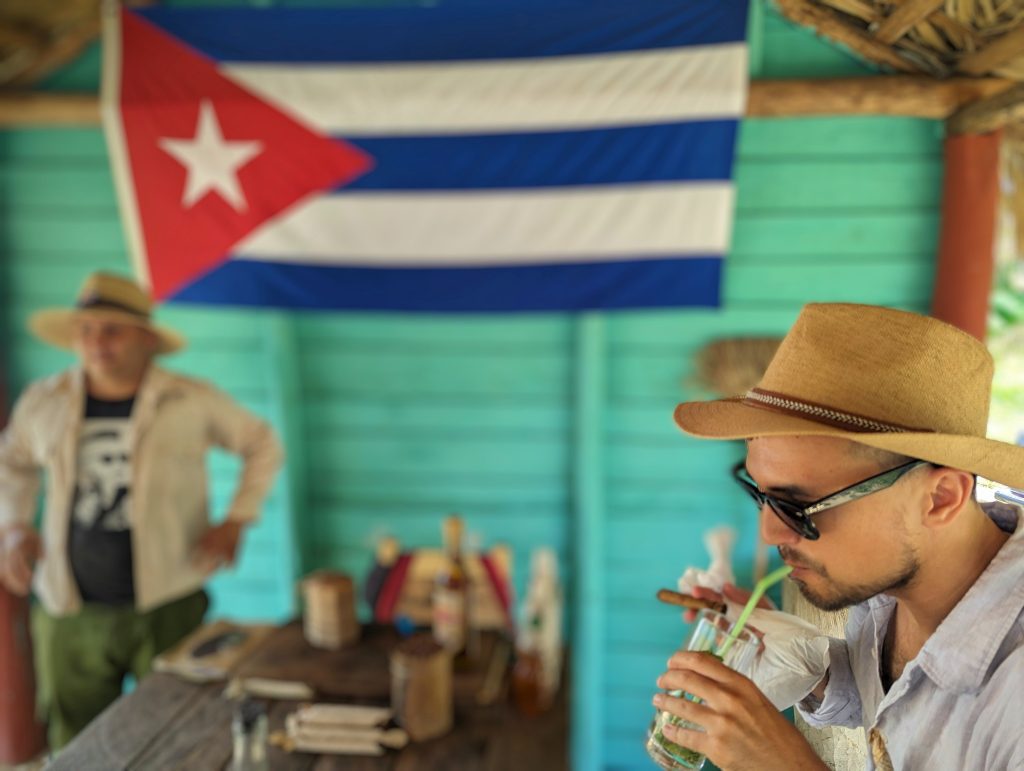
Before anyone asks – yes, it is easier if you speak Spanish, especially if you go outside of touristy areas, but you will be fine even if you don’t. I do recommend getting a Cuban SIM card though. It saved us a couple of times when we had to reach our taxi driver and the places where we were doing gift drop offs. Oh yeah, and use VPN when you are there, as not all websites will work without a VPN.
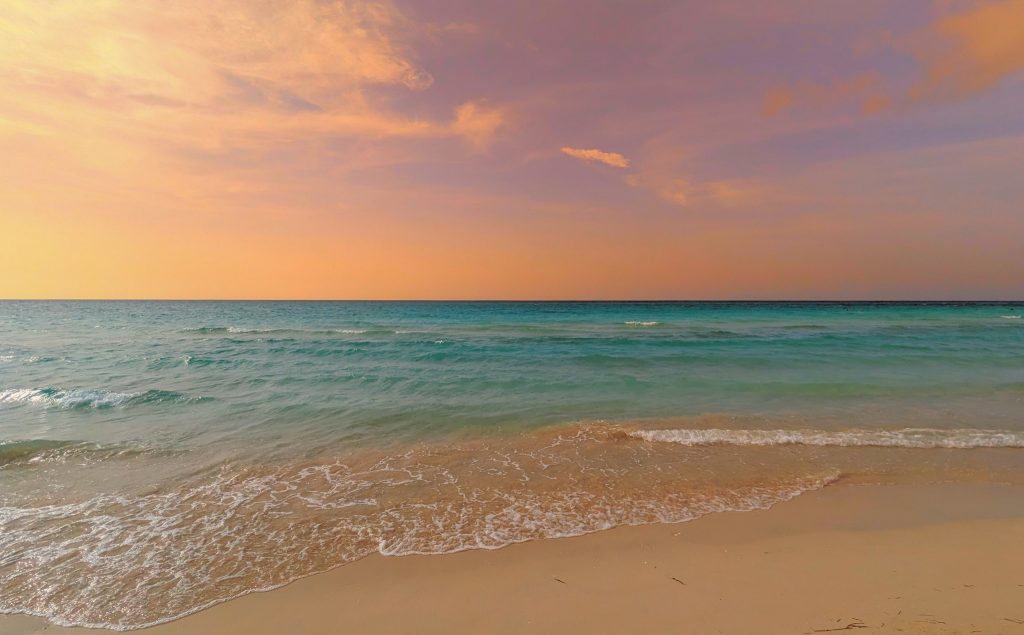
This post is primarily to share information, spread awareness and encourage people to travel to Cuba. So if you read till the end, I’m assuming this means that you are considering traveling there, getting to know the Cuban culture and supporting the Cuban people. I’d be happy to answer any questions! Safe travels!

